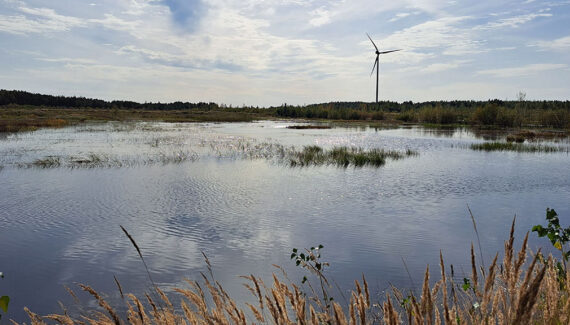
Solar and Wind Power Solutions for Peatlands
Regional and site-specific planning of peatland use enables the maintenance and strengthening of carbon storage solutions and carbon sinks in view of land use. GTK offers expert services for planning carbon-wise solar and wind power solutions for peatlands.
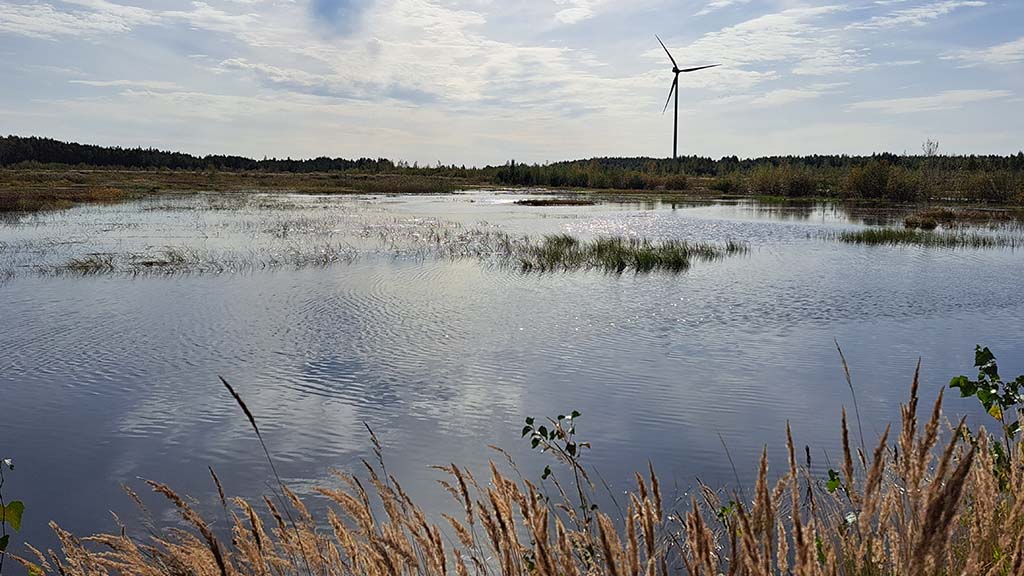
Planning is based on the latest research data
Land use according to the customer's objectives
Support for land acquisition
Solar and wind power solutions are carbon-wise use of peatlands
Carbon-wise planning of peatlands is a way to maintain and strengthen land use carbon storage and carbon sinks. Renewable and emission-free energy production is one alternative for the further use of peatlands and former peat extraction areas. Solar and wind power solutions can be planned for former peat extraction areas in such a way that optimal site-specific implementation enables efficient carbon sequestration.
Carefully planned after-use enhances carbon sequestration and increases carbon sinks.
GTK’s experts offer support for the preparation of site-specific plans based on current land use, conditions at the former peat extraction or peatland site in question, and environmental characteristics of the site. A solar or wind power solution can be a suitable form of land use for the entire intended site or, alternatively, for only a part of it. In accordance with their own goals, customers can optimise the placement of land use forms at the site or, for example, anticipate the acquisition of land areas.
The following energy production alternatives can be implemented at former peat extraction sites
- solar park, wind farm
- solar park with raised water level
Solar and wind power solutions can be implemented in different ways
The open, vegetation-free former peat extraction areas sites are often well suited for establishing solar parks and wind farms. Solar and wind power plants can be established on a wide range of former peat extraction sites varying in peat thickness and moisture, as there are many different ways to implement the plant.
However, especially in thick peat layer areas, it is worth considering the conservation of peat carbon storage, so that fossil fuel emissions are not replaced by carbon dioxide emissions from dry peatland. If the water level in the solar park can be kept close to the peat surface, the climate effects of the park will be significantly better than with dry peat.
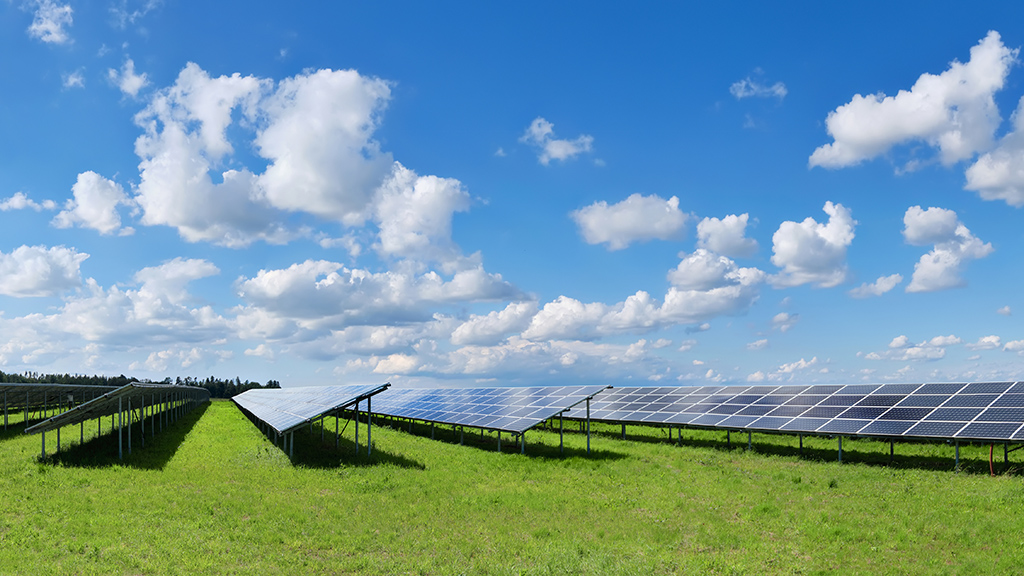

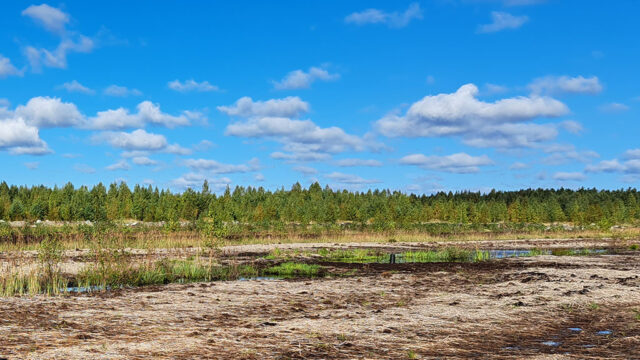
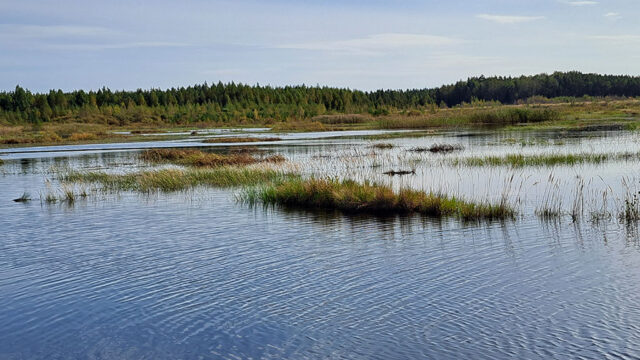
Carbon-wise ways to use peat extraction sites after extraction
Contact us
Leave your contact information and we will get back to you.


